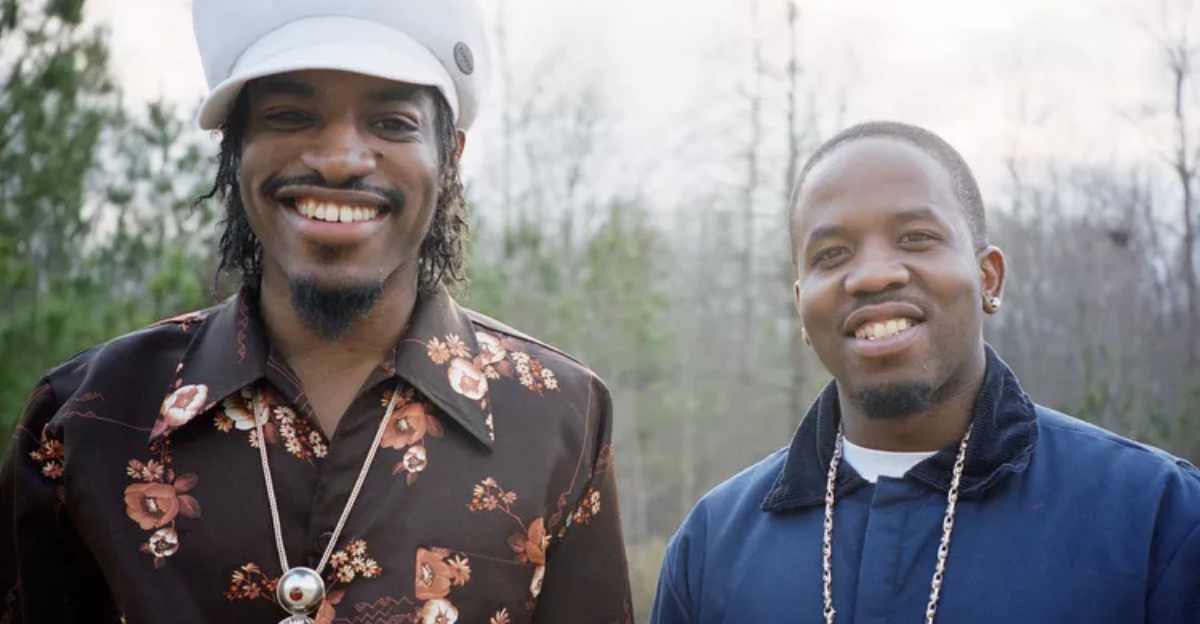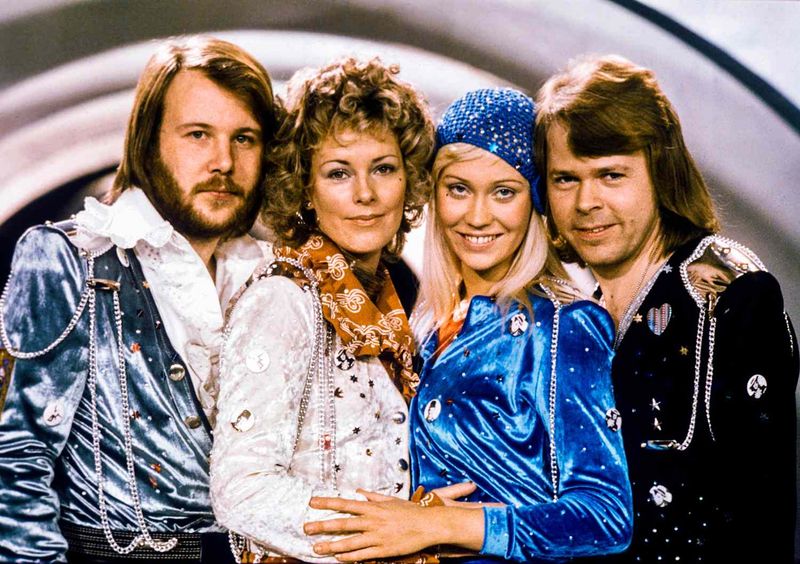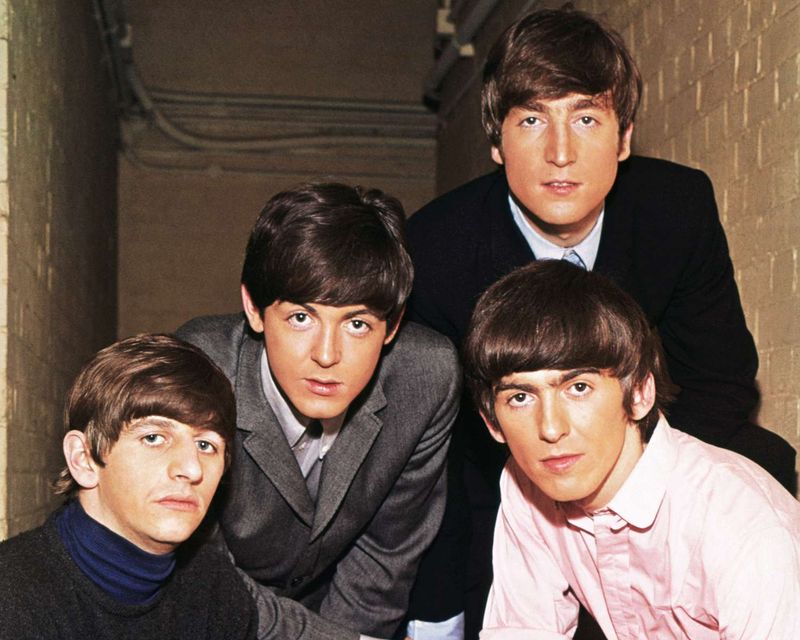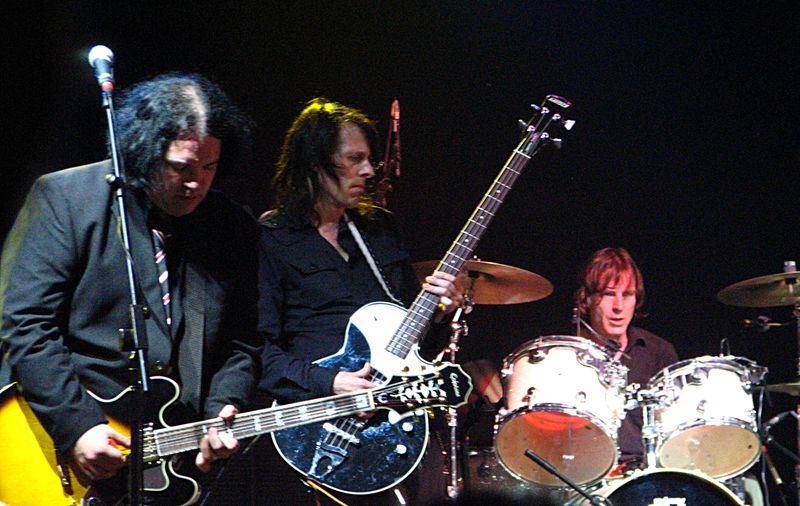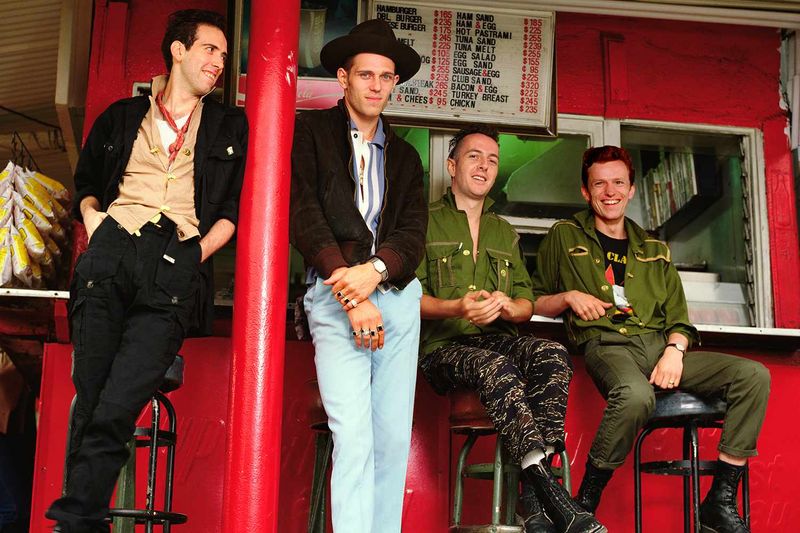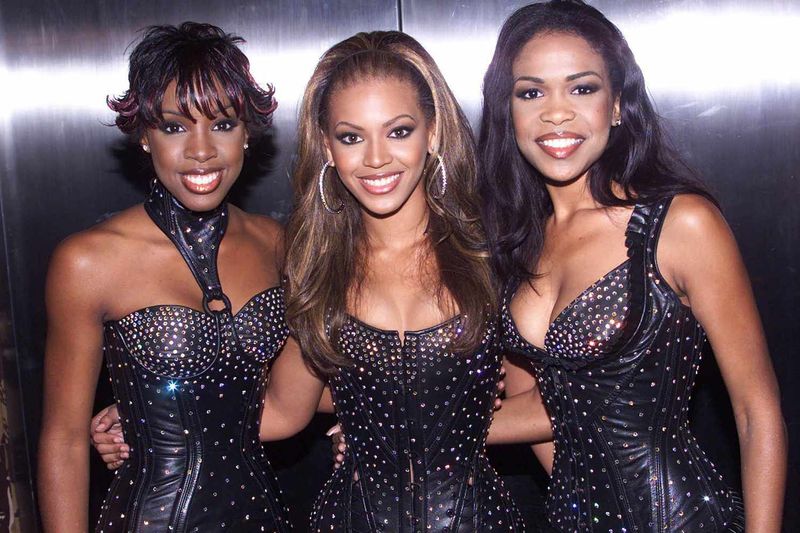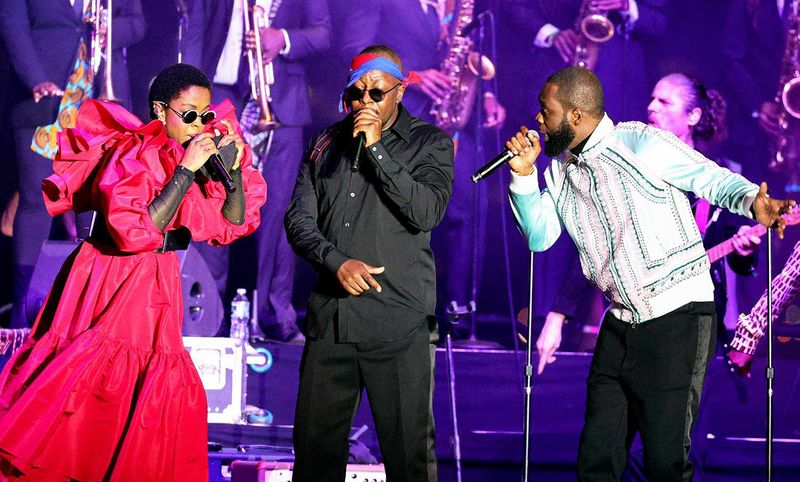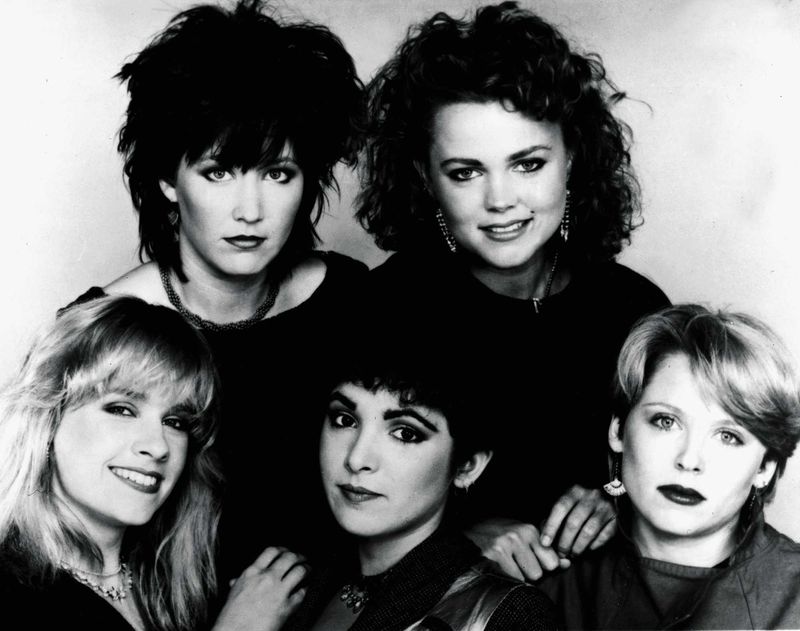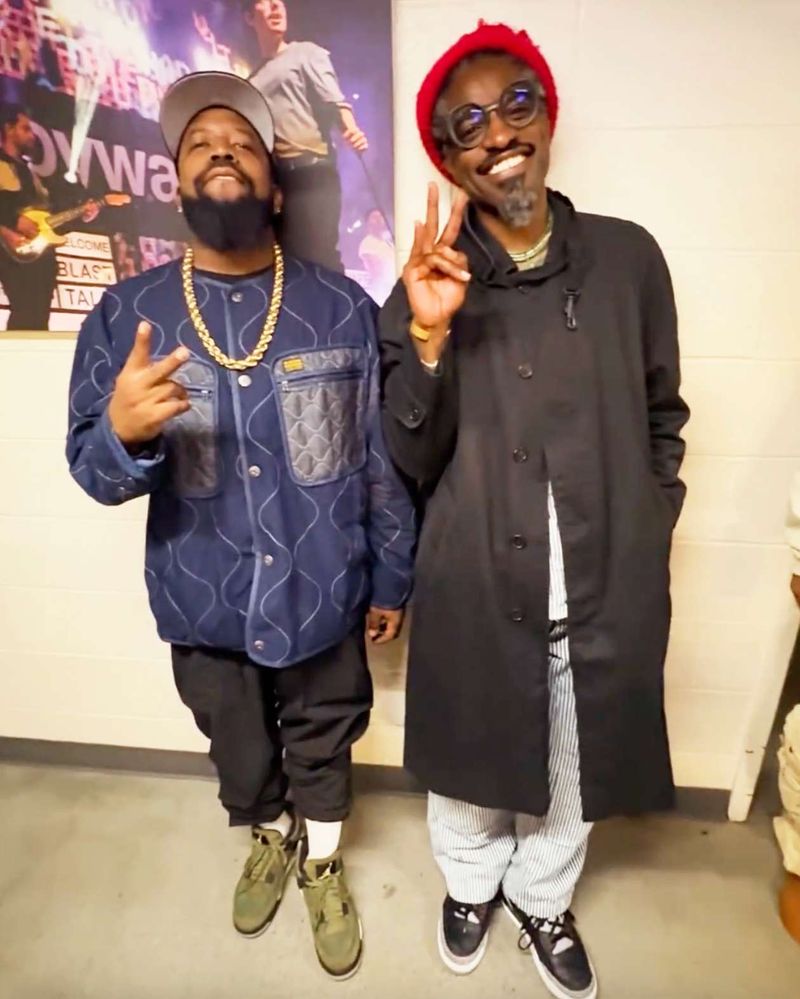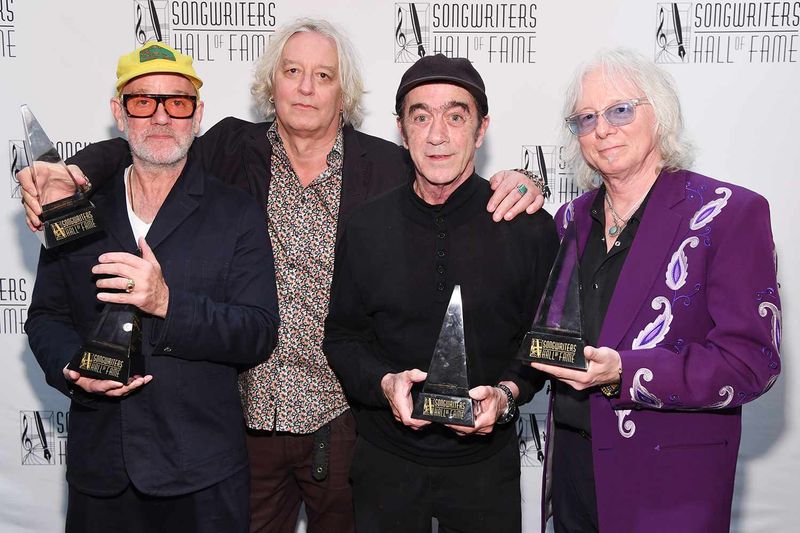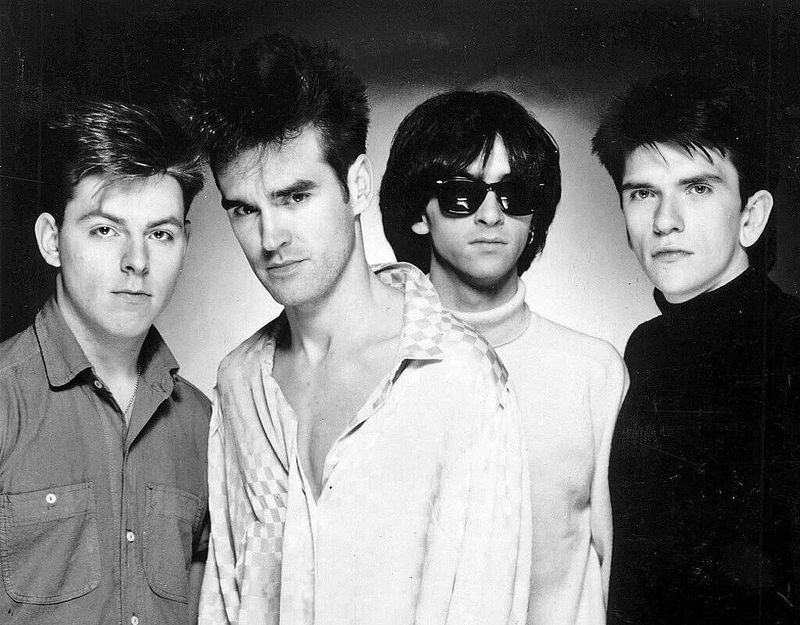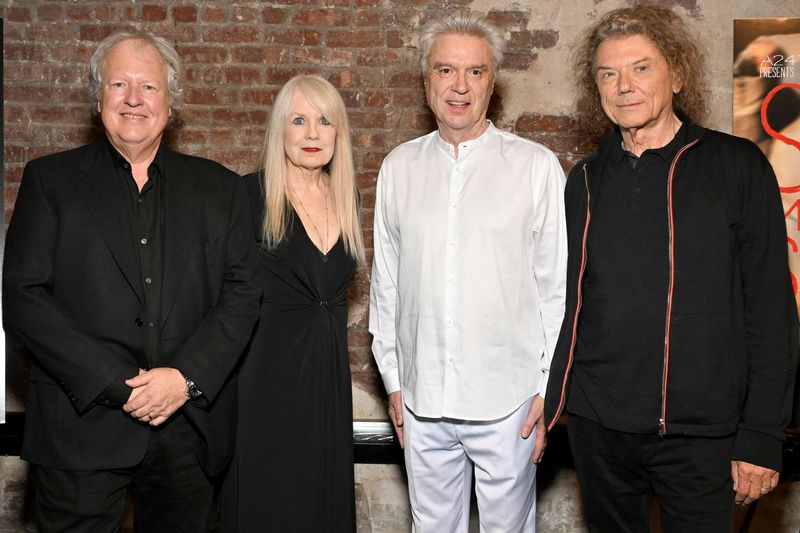Music history is filled with brilliant bands whose time together ended far too quickly. Some split due to creative differences, others because of personal conflicts, and a few simply burned too bright to last. Even decades later, fans still wonder what could have been if these iconic groups had stayed together longer. Let’s look at 11 bands whose premature breakups left a hole in the music world that’s never quite been filled.
1. ABBA: Sweden’s Pop Sensation
Sweden’s fab four conquered the world with catchy melodies and perfect harmonies before calling it quits in 1982. Their split wasn’t just musical – it was deeply personal, as both married couples in the group divorced during their final years together.
Despite releasing only eight studio albums, ABBA created a musical legacy that remains unmatched. Songs like “Dancing Queen” and “Mamma Mia” still fill dance floors worldwide.
After a 40-year absence, their surprise 2021 reunion album brought joy to generations of fans who never thought they’d hear new ABBA music again.
2. The Beatles: Liverpool’s Legendary Quartet
Arguably the most influential band in history, The Beatles’ breakup in 1970 left fans worldwide heartbroken. Eight short years of officially released music somehow changed everything about popular culture.
From moptops to musical innovators, John, Paul, George and Ringo evolved at lightning speed. Their journey from “Love Me Do” to “Let It Be” represents one of the most remarkable creative evolutions in music history.
The bitter circumstances of their split and John Lennon’s tragic death in 1980 permanently closed the door on what might have been a legendary reunion, leaving fans to forever wonder what musical paths they might have explored together.
3. Big Star: Power Pop Pioneers
Memphis rockers Big Star created the blueprint for power pop during their brief early-1970s existence. Commercial failure masked what music critics now recognize as some of the most influential American rock ever recorded.
Led by former Box Tops vocalist Alex Chilton, the band released just three albums before dissolving. Songs like “September Gurls” and “Thirteen” showcased their perfect blend of melody, jangle and heartache.
Their music found a second life when 1980s and 1990s alternative bands cited them as a primary influence. R.E.M., The Replacements, and countless others carried Big Star’s torch, proving sometimes the most important bands aren’t the ones that sell the most records.
4. The Clash: Punk’s Revolutionary Voice
The Clash burned briefly but brilliantly, embodying punk’s revolutionary spirit while expanding its musical boundaries. Their fearless blend of punk, reggae, rockabilly and world music created something entirely new.
Joe Strummer, Mick Jones, Paul Simonon and Topper Headon delivered political lyrics with genuine passion and conviction. Albums like “London Calling” proved punk could be both intellectually stimulating and danceable.
When creative tensions forced Mick Jones out in 1983, the band’s soul disappeared. Their final album without Jones barely registers in their legacy, while fans still wonder what masterpieces might have followed had the classic lineup stayed together.
5. Destiny’s Child: R&B Girl Group Royalty
Before Beyoncé became a solo superstar, Destiny’s Child revolutionized the girl group formula with fierce independence anthems and impeccable harmonies. Their final lineup of Beyoncé, Kelly Rowland, and Michelle Williams created musical magic together.
Hit singles like “Say My Name” and “Survivor” dominated charts worldwide while empowering a generation of young women. Their choreography set new standards for performance excellence, while their fashion choices influenced trends globally.
When they announced their 2005 split to pursue solo careers, fans understood but still mourned. Their occasional reunion performances only highlight what was lost – a perfect blend of voices and personalities that elevated each member.
6. The Fugees: Hip-Hop’s Most Talented Trio
Lightning struck when Lauryn Hill, Wyclef Jean and Pras Michel formed The Fugees. Their 1996 masterpiece “The Score” seamlessly blended hip-hop, soul, reggae and R&B into something revolutionary.
Hill’s extraordinary vocal abilities complemented Wyclef’s musical versatility and Pras’s solid contributions. Their cover of “Killing Me Softly” showcased their ability to reimagine classics while creating something entirely new.
Personal conflicts and creative differences tore them apart at their peak. Despite occasional reunion attempts, they never recaptured their magic as a group, leaving fans with just two albums and endless speculation about what could have been had they resolved their differences.
7. The Go-Go’s: New Wave’s Groundbreaking Women
As the first all-female band who wrote their own songs and played their own instruments to top the Billboard album charts, The Go-Go’s shattered glass ceilings. Their bubbly California sound masked serious musical chops and pioneering importance.
Belinda Carlisle, Jane Wiedlin, Charlotte Caffey, Kathy Valentine, and Gina Schock created infectious new wave hits like “We Got The Beat” and “Vacation.” Their energetic performances and seemingly carefree attitude made them MTV darlings in the early 1980s.
Internal tensions and substance abuse issues led to their 1985 breakup after just three albums. Various reunions have occurred, but fans still wonder what continued success might have looked like had they stayed together during their creative prime.
8. OutKast: Atlanta’s Hip-Hop Innovators
André 3000 and Big Boi created a musical universe unlike anything else in hip-hop. Their Southern-fried funk fusion expanded rap’s boundaries while remaining authentic to their Atlanta roots.
Albums like “ATLiens” and “Aquemini” demonstrated their visionary approach, while “Speakerboxxx/The Love Below” proved their individual brilliance. OutKast never compromised artistic growth for commercial success, yet somehow achieved both.
Though never officially disbanded, they stopped recording new material after 2006’s “Idlewild.” Their 20th anniversary tour in 2014 reminded fans what they’d been missing – two complementary artists whose combined creativity far exceeded the sum of their considerable individual talents.
9. R.E.M.: Alternative Rock Trailblazers
R.E.M.’s 2011 amicable split marked the end of a 31-year journey that helped define alternative rock. Unlike many bands on this list, they enjoyed a full career arc, yet fans still weren’t ready to say goodbye.
Michael Stipe, Peter Buck, Mike Mills and Bill Berry (until his 1997 departure) created a distinctive sound built on jangly guitars, mumbled lyrics and unexpected melodic turns. Their evolution from college radio darlings to stadium-filling superstars never compromised their artistic integrity.
The band’s decision to walk away while still creating quality music left fans respecting their choice but missing their presence. Few bands have exited with such grace and mutual respect among members.
10. The Smiths: Manchester’s Melancholic Masters
For five brief years, Morrissey’s maudlin lyrics and Marr’s shimmering guitar work combined to create some of the 1980s’ most emotionally resonant music. The Smiths’ unique blend of misery and melody spoke directly to outsiders and sensitive souls everywhere.
Albums like “The Queen Is Dead” showcased their perfect balance of musical brightness and lyrical darkness. The rhythm section of Andy Rourke and Mike Joyce provided the solid foundation that allowed Morrissey’s theatrics and Marr’s inventive guitar work to shine.
Their acrimonious 1987 split and subsequent legal battles have permanently closed the door on reunion possibilities. Fans are left with just four studio albums of perfect indie pop to cherish forever.
11. Talking Heads: Art-Rock Visionaries
David Byrne’s nervous energy and the band’s funk-infused art-rock created something genuinely unique in American music. Talking Heads expanded rock’s vocabulary by incorporating world music, avant-garde elements, and performance art into their distinctive sound.
From CBGB’s punk scene to mainstream success with “Burning Down the House,” their evolution was remarkable. The addition of expanded touring members, including keyboardist Bernie Worrell, created the magnificent live experience captured in the concert film “Stop Making Sense.”
Their 1991 breakup stemmed from Byrne’s departure and growing tensions between members. Though briefly reunited for their Rock Hall induction, fans still dream of a proper reunion that seems increasingly unlikely as years pass.
